

Surviving in War Thunder as a tanker can be a bit of a challenge. There are a few reasons for that. The enemy could get the drop on you, you do not have the experience to use your tank effectively, while hiding in a suitable location a plane flies in and bombs you. Even this short while of playing in War Thunder offered me plenty of insight when it came fighting and surviving Ground Force battles. Of course, that does not mean I stopped having unfortunate incidents, associated with flanking T-34s, or diving IL-2s, but I feel a bit more confident now, than I was when I started off. As such, I would like to share some of my knowledge with you, regarding Ground Force battles, so that you can survive just a bit better and longer.

While the Tiger is a legend it will face all manner of tanks in War Thunder that are a real threat to it. Do not expect an easy time with it.
While you might assume that every tank battle is the same there is a huge disparity between Arcade, Historical and Simulation games. Arcade games are the “lightest”, quickest and in a way the easiest, because not as much pressure is put upon you in these types of games. I would say that it’s a good game type to practice in, but if you are after far more challenging and difficult battles then you would want to go to Historical battles.
There are two key differences between Historical and Simulation battles. In Historical Battles enemies that are spotted by you or your allies will be both shown on the Minimap and on your main screen. As such even if you do not see the enemy “physically” due to cover you will see the “box” representing the extent of his size and position. As such you can fire blindly. Planes will also see these “boxes” if an enemy was spotted by friendly troops on the ground. As such, when you are a tank spotted by an enemy tank the enemy plane could swoop down and bomb you, even when you think you are well hidden. The second difference is that in Historical Battles you can have a much wider “top view”, allowing you to see further and in a wider angle.
In Simulation battles you still get enemy position highlights on your minimap but you have no “view aid” on the main screen. You have to spot the enemy tank yourself, and planes will have no help in identifying targets. This also means that a plane can only tell if a tank is “friendly” if they are within one kilometer of it. As such Simulation battles allow you to hide far more effectively, to make repairs or ambush the enemy. In simulation battles you also can only look around from the “Commander’s Hatch” or through the Gun Scope.
So, Simulation battles are the most demanding, but you can play Historical battles if you need to practice on different maps, and if you want a slightly less financially demanding time. I have a hard time earning enough silver lions on Simulation battles, while on Historical battles I found this to be much easier. Arcade games are when you want to play without almost any restrictions (like you would fly planes in Arcade).
Most tanks are surprisingly agile (at least for now). Light and Medium tanks will move very rapidly, turn quickly, and climb over hills at a surprising rate. However, Light and Medium tanks will have a very hard time crossing rivers or other bodies of water, something Heavy tanks usually do not have a problem with.
The more you play with tanks the more you will learn about their quirky controls and handling. You should always try to experiment with your tanks, especially on Arcade and Historical battles, to see through what manner of terrain your tanks can drive through. This is especially useful practice when it comes to rivers, because I have found out, first hand, that some parts of a river, with certain tanks, are uncrossable or dangerous.
Another important thing to learn is which terrain you can roll over. Such as, stone walls, trees, brushes. There have been many tales of Stalinium trees stopping a tank dead in its tracks so experiment carefully.
In general the rule is; Light and Medium tanks are capable of quick turning, acceleration and climbing. As such they can travel through most terrain mildly well, but due to their size, especially on earlier tiers, they might not cope well when crossing some bodies of water. Heavy Tanks are not always slower. A Tiger I on flat ground can move at almost 50 km/h (usually around 47 km/h) which is an equivalent speed to what the Panthers and Panzer IVs can move at. However, when it comes to turning, or climbing hills Heavy tanks will have a problem, which does not mean they won’t climb a surface, just that they will do so very slowly.
The Map on which you play on might have many different routes you can use, and the AI tanks will typically choose the same routes every time. Furthermore, you can learn about the different hiding spots the enemy will use, and the tactics they could employ on different maps. It is important to experiment, observe what the enemy does and then attempt to do so yourself. The more you learn about a map, its different hiding spots, routes and objectives the easier a time you will have when attacking, defending or ambushing. Each map will tend to have some distinguishing feature. As an example, the Jungle map has a mix of open areas and deep jungle areas, so you can expect some sniping action, and some dangerous close combat fighting. In turn, Kursk is a map with vast empty areas, which means that most of the fighting will occur over long distances and that planes could be especially dangerous to you as there is very little cover.
No two maps are the same, so you will have to learn something new about each one. Studying and memorizing the map is also VERY important when it comes to flying planes during Ground Battles. Knowing where the enemy might be hiding, what are the locations of objectives, where the enemy AA guns are and how to identify different landmarks will be important.
Only because you got hit does not mean you should abandon your tanks and give up. A tank with destroyed modules can be repaired, it is just a question of finding a safe spot and sparing enough time to get yourself repaired.
You will typically use two items to keep yourself repaired and safe: Parts and FPE (Fire Prevention Equipment). I advise to research both of these modifications as soon as possible. Without the Parts modification you can only repair your tracks. Without FPE you cannot put out a fire on your tank. I had some very stupid moments during certain games where a shot would do almost no damage to my tank, but the fire that the shot caused would burn out my tank over the course of a very agonizing minute.
The time repairs take depends on the extend of damage on your tank. Some damaged modules can be repaired in a minute or two (depending on your crew skills as well). However I have had moments when full tank repairs could take well over 10 minutes, and some have reported repair times that last over 20 minutes. So, I can understand perfectly well why you wouldn’t want to wait that long. However, if you have the opportunity to return to battle (if the repairs are relatively short) you should take it.
Heavy tanks are especially scarce and fragile, in the sense that they have only one life during battles. You can have a spare Medium tanks or Tank Destroyer, but once you lose your single Heavy Tank it’s gone. As such having Parts and FPE allow a Heavy Tank to stay in a battle for much longer than would be otherwise possible.
When you start repairs you will be unable to move, but you can still fire normally. If a situation arises where enemy planes are attacking your position, or you know enemy tanks are driving toward you it’s possible to cancel repairs, by pressing the repair button again. After 4 seconds you will be free to move again, but all the repair times will reset (you will have to start over, unless your crew managed to repair something).
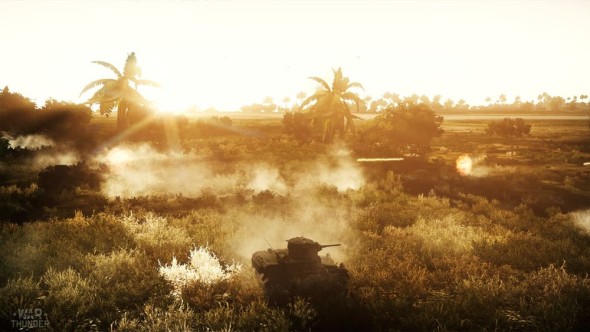
This looks nice, doesn’t it? While on higher settings visibility would be far more restricted, due to smoke, the bright sun and much more foliage some will reduce their graphics settings to have far better visibility (no grass, less blinding visual effects, etc.)
When not doing anything useful (such as shooting at the enemy) you should always look around your tank. You never know when an enemy could be sneaking up on you, or when the opportunity arises to flank an enemy tank. All too often have I seen people focused only on the area in front of them, oblivious that a Tiger I just rolled over a hill next to them and is about to fire.
Other than that, when you park your tank at a position that you consider to be “safe” you could still look around carefully to note from where the enemy could fire at you, or which areas around your tank are exposed. Here again I have taken advantage of enemies who did not realize that an important section of their tank was exposed, thus allowing me to destroy them.
Remember, your Driver has his own field of view. As such, when you drive forward the Driver will inform you of enemies to the front, so you can look at other areas around your tank. Of course, you still have to verify that there is no Stalinium Tree approaching, but it’s better to get a good idea of your surroundings than drive blindly forward.
There are a number of different shells available to you. In short summary, look at their penetration values. A HEAT shell is very deadly, if it penetrates, as it causes a massive explosion. An APCR shell is only deadly at an extremely close range, and even then you have to hit an enemy’s weakspot. AP shells are a mix and match, a lot depends on the main gun of the tank. For example, the Tiger I has such a good main gun that its basic AP shells can do all the work. HE shells are meant to be used against soft targets (infantry, vehicles, emplacements) rather than tanks, but if you are faced with a Light Tank (or AA Vehicle) an HE shells might do the trick, but you are still better off with an AP shell which is just as, if not more effective.
Most of the time you will use either AP or APCR shells. There is no point in using HE shells usually, and HEAT shells work if you are certain you can penetrate the enemy’s plating.
One of your greatest dangers on Historical and Simulation battles are enemy planes. I have seen people hiding and concealing themselves in all manners of ways, but a skilled dive bomber can destroy or at least damage any tank on the field. Here are a few pointers:
i) Keep an eye on the sky. If you see an enemy circling around your area try to find somewhere safe to hide. Trees and bushes are safer than staying in the open.
ii) Remember that you are not helpless against enemy shells. Medium and Heavy tanks can resist most machinegun and cannon shots. Bombs are a much bigger issue, that is why if you know you were spotted you should not stop moving.
iii) If an enemy is flying in a predictable manner you can shoot them down with your main gun. I have seen it done, it’s possible.
iv) Do not bunch up! The worst think you can do is sit with your friends huddled together, thus inviting a Dive Bomber to destroy all of you in a single go.
v) Change your position, even if slightly. On Historical battles it might be difficult to dodge enemy planes, but on Simulation battles the enemy might have a very hard time with keeping up with your movements. In other words, if you move from cover to cover you will be mildly safe.
Angling essentially means adjusting how your tank faces an enemy, so that his shells will have a smaller chance of penetrating your hull. Some tanks benefit from facing the enemy from the front, but other times turning your tank’s body slightly could mean a world of a difference, as long as you do not expose other delicate parts of your tank to the enemy. Hold in mind, even though you angled yourself against an enemy in front of you does not mean an enemy on the distant flanks won’t suddenly have a much better shot at you.
The 45 degree angle is the furthest you should go, in either direction, since most tanks will be exposing their rears at that point. Even gentle angling, between 10 and 20 degrees can make a positive difference. Some tanks will still perform the best by facing the enemy frontally without angling (like Panthers) so you will just have to wait and see what is best for your tank.
As you play your tank you must study and discover its different strengths and weaknesses. There is no single “perfect” tank. The KV-1 despite being a beautiful tank, in terms of armor and durability is not invincible. While people will underline some of the superior qualities of the Panther over the Tiger I it still has certain problems that the Tiger I might not have.
In short, every tank you decide to play as your “main” (tank that you will play with most often) ought to be carefully studied, and as you play against enemy tanks all this knowledge must be gathered and stored, somewhere in your brain. And even as you decide to move up the Tiers, or change sides you will know exactly where to fire to make it hurt the most.
While it is tempting to say that every tanks can perform any task it’s a gross overstatement. Considering there are Light, Medium, Heavy Tanks, as well as Anti-Aircraft vehicles and Tank Destroyers you are bound to realize that not every tank can perform every role. Light tanks may be incredibly useful for taking out lightly armored opponents, or completing crucial destruction objectives, such as on Kursk Defense, where you have to destroy the enemy’s artillery.
Medium Tanks are considered the Jacks of All Trades. They can certainly perform almost any role adequately. A T-34 has the necessary speed an firepower to be a scout, main battle tank, sniper, ambusher, and it could cover a multitude of other roles. However when we compare it to the Tiger I, which is one of the best Sniper tanks in the game we can see that while the T-34 can fire mildly accurately from afar the Tiger I is superior when it comes to sniping. Tank Detroyers due to lacking a turret are good on the defense and long-distance sniping but they perform poorly when openly attacking. Anti-Aircraft Vehicles can effectively shoot down aircraft but will have problem acting as Tank Destroyers against Medium and Heavy tanks.
In essence, as you play your tank get accustomed to what roles best fit it. Do not try to use a Heavy Tank as a Scout, or a Scout as a Heavy Tank, it simply will not work, and as you develop your own play style, technique and tactics you will know what manner of role you are best suited for during a game.

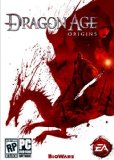
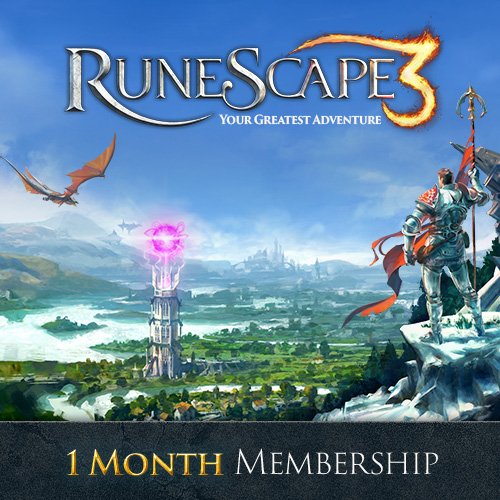
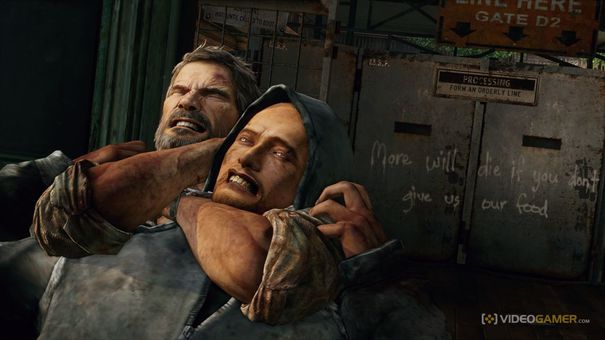
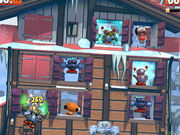 What Were Playing January 29, 2012
What Were Playing January 29, 2012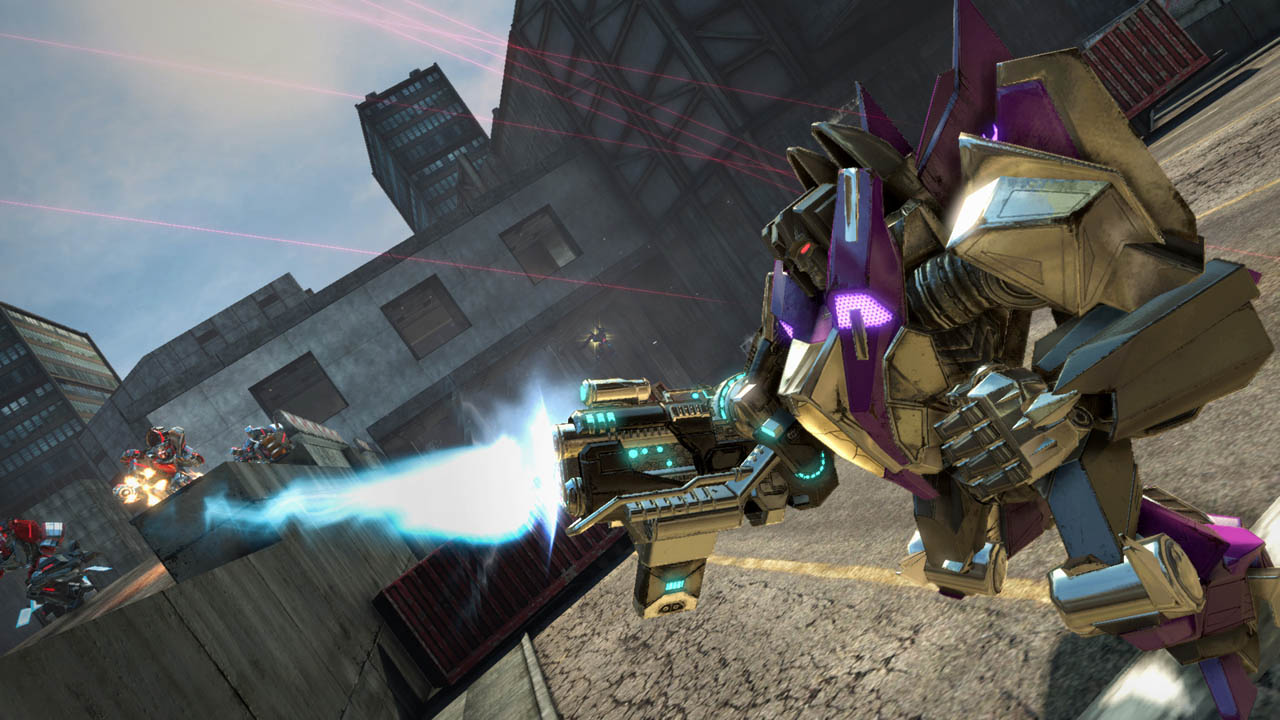 Transformers: Rise of the Dark Spark – Entrepreneur Logs Guide
Transformers: Rise of the Dark Spark – Entrepreneur Logs Guide Theatrhythm Final Fantasy Unlockables & Passwords - GamersHeroes
Theatrhythm Final Fantasy Unlockables & Passwords - GamersHeroes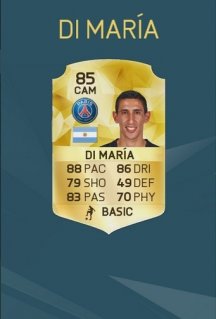 The Top 50 Players of FIFA 16 is Shaping Up
The Top 50 Players of FIFA 16 is Shaping Up 5 Best Super Mario Games for PC,PS3,XBOX
5 Best Super Mario Games for PC,PS3,XBOX